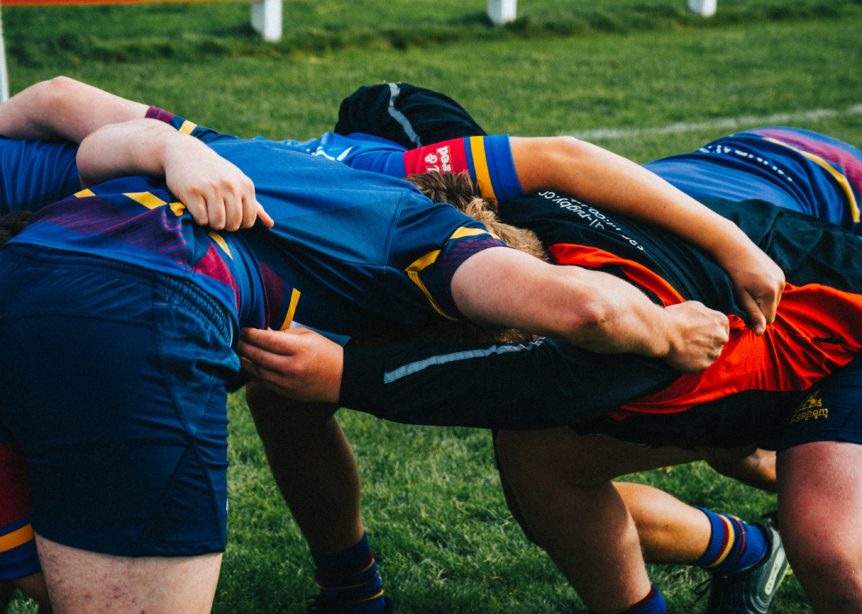Starling, L., McKay, C., Cross, M., Kemp, S., & Stokes, K. (2022). South African Journal of Sports Medicine, 34(1).
ABSTRACT
Background: One strategy to prevent and manage concussion is to reduce head impacts, both those resulting in a concussion and those that do not. Because objective data on the frequency and intensity of head impacts in rugby union (rugby) are sparse, stakeholders resort to individual perceptions to guide contact training. It is unknown whether there is a level of contact training that is protective in preparing elite players for contact during matches.
Objectives: This study aimed to describe how contact training is managed in elite male rugby, and how staff and players perceive contact training load and head impact load.
Methods: This was a sequential explanatory mixed-methods study. Forty-four directors of rugby, defence coaches, medical and strength/conditioning staff and 23 players across all 13 English Premiership Rugby Union clubs and the National senior team participated in semi-structured focus groups and completed two bespoke questionnaires.
Results: The study identified the varied understanding of what constitutes head impact exposure across all stakeholder groups, resulting in different interpretations and a range of management strategies. The findings suggest that elite clubs conduct low levels of contact training; however, participants believe that some exposure is required to prepare players and that efforts to reduce head impact exposure must allow for individualised contact training prescription.
Conclusion: There is a need for objective data, possibly from instrumented mouthguards to identify activities with a high risk for head impact and possible unintended consequences of reduced exposure to these activities. As data on head impact exposure develop, this must be accompanied with knowledge exchange within the rugby community.

